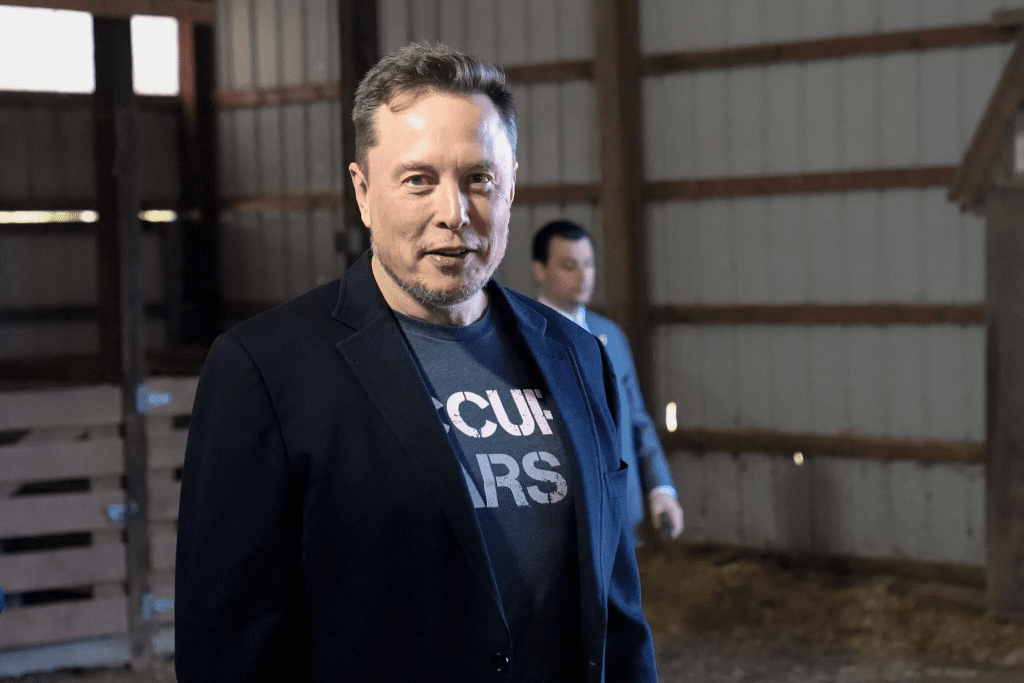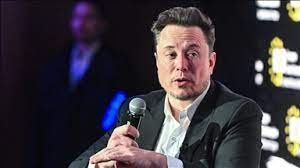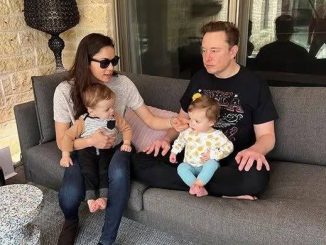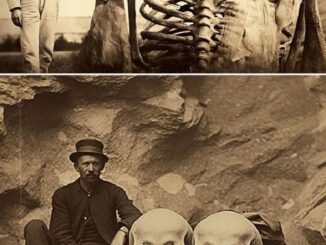Elon Musk, the world’s richest person and CEO of Tesla and SpaceX, has once again become a focal point in a crisis situation. After publicly criticizing the emergency response to the devastating wildfires in Los Angeles and surrounding areas, Musk announced that his companies would step in to offer help. The billionaire promised to provide internet connectivity and support through Tesla’s vehicles and SpaceX’s satellite service.

Musk’s Involvement in Crisis Situations
Known for his controversial involvement in various global crises, Musk has a history of stepping in with innovative, albeit often polarizing, solutions. From funding water contamination fixes in Flint, Michigan, to creating a submarine for a high-profile rescue mission in Thailand, Musk’s methods have sparked both admiration and criticism. During the early days of the COVID-19 pandemic, he even experimented with building ventilators for hospitals.
Musk’s Latest Move: Cybertrucks and Starlink to Help Fire Response
On Sunday, Musk visited the Pacific Palisades neighborhood in Los Angeles, where he announced that several Tesla Cybertrucks would be outfitted with SpaceX’s Starlink satellite internet service. These trucks, positioned in key areas across Los Angeles and Malibu, were designed to help maintain internet connectivity in wildfire-stricken zones. Musk shared his plan live on his X (formerly Twitter) account, where he has over 211 million followers.
“We are going to position Cybertrucks with Starlinks and free Wi-Fi in a grid pattern in the areas that most need it in the greater LA/Malibu area,” Musk wrote on X. This initiative aims to provide connectivity to areas where communication infrastructure has been disrupted by the fires.
Tesla and SpaceX Deploy Critical Resources

In addition to the Cybertrucks, Musk’s companies deployed other resources to aid the emergency response. Tesla announced that it had sent eight Cybertrucks, equipped with Starlink internet service, mobile electric vehicle charging stations, and portable batteries to power devices in the affected areas. These trucks were pulled from scheduled deliveries to customers, with Musk assuring that new vehicles would be sent out by the end of the week.
Musk’s visit to the fire command center was also live-streamed on X, where he interacted with firefighters and emergency workers. The official briefing revealed that firefighters had been facing a strain on water supply, an issue Musk later used to criticize California’s leadership. However, the firefighter explained that the water shortage was due to the overwhelming demand placed on the system during the fire-fighting efforts.
Criticism and Controversy
Musk’s involvement in the wildfires’ aftermath has not been without controversy. Before his visit, he used his social media platform to criticize the wildfire response, spreading misinformation and blaming various groups, including Democrats and California Governor Gavin Newsom. Musk’s comments about the lack of water to fight the fire further fueled the debate on his handling of the situation.
Governor Newsom, who had once been on friendly terms with Musk, took to X to share a clip from Musk’s visit. In the video, Musk asks a firefighter whether there had been a shortage of water, to which the firefighter explained the high volume of water use during the firefighting efforts. Newsom called out Musk, stating on X that the billionaire was “exposed by firefighters for his own lies.”
Elon Musk’s response to the Los Angeles wildfires has been marked by both support and backlash. While his companies provided valuable resources, such as internet connectivity and power solutions, his previous controversial remarks and actions have stirred significant debate. Whether or not Musk’s intervention will make a lasting positive impact on the firefighting efforts remains to be seen, but his unique approach to crisis management continues to capture attention worldwide.


